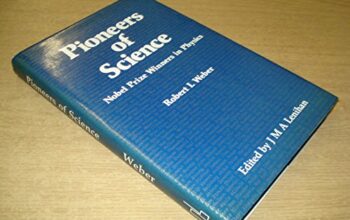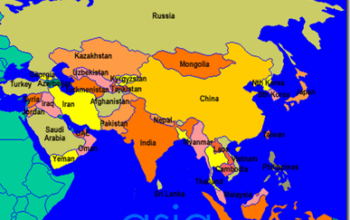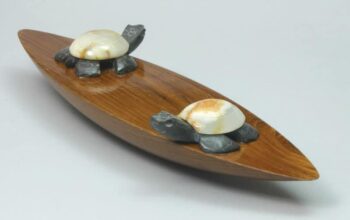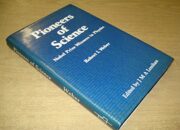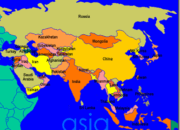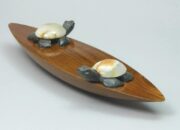The cosmic frontier has always beckoned humanity with promises of discovery, transcendence, and, ultimately, mortality. The recent demise of the first American in space serves as a poignant reminder of both the triumphs and tribulations inherent in the pursuit of space exploration. This figure, emblematic of an era characterized by ideological rivalry, technological innovation, and the indomitable human spirit, has left an indelible mark on the chronicles of aeronautics. An exploration into the life and legacy of this pioneering astronaut warrants a comprehensive examination of his contributions, the historical context surrounding his journeys, and the impact of his legacy on contemporary aerospace initiatives.
Born amidst the tumultuous backdrop of World War II, the astronaut’s journey began not in the celestial realm but in the realms of academia and military service. His educational endeavors in aeronautical engineering laid the groundwork for a career marked by resilience and tenacity. Serving as a naval aviator, he developed not only piloting expertise but also a profound understanding of the physical and psychological demands of flight. This military experience proved invaluable as the United States was thrust into the Space Race, a geopolitical contest against the Soviet Union that would forever alter the landscape of human exploration.
The early 1960s heralded a period of unprecedented advancement in aerospace technology. In response to the Soviet Union’s successes, notably the launch of Sputnik and the first human, Yuri Gagarin, into orbit, NASA undertook its own ambitious program. The Mercury Project aimed to place an American into space, establishing not only national pride but also pioneering techniques and protocols for future missions. The selection process for astronauts was competitive and rigorous, culminating in the official designation of the Mercury Seven. Amongst this distinguished group was the individual who would ultimately emerge as the first American in space.
His inaugural journey aboard the capsule named Freedom 7 on May 5, 1961, represented a seminal moment in human history. The spacecraft executed a suborbital flight, achieving a maximum altitude of approximately 116 kilometers. This mission, lasting roughly 15 minutes, provided groundbreaking data regarding human capabilities in the space environment. Vital to the mission’s success were the prior tests conducted using both manned and unmanned flights, which demonstrated the feasibility of launching, navigating, and safely returning from space. Despite its brevity, the flight was emblematic of human ingenuity and resilience, as it broke the barriers to human entry into what would soon be considered the final frontier.
A scholarly examination of this mission reveals a confluence of scientific advancement and cultural significance. The flight not only signified a victory in the Space Race but also served to galvanize public interest in space exploration. Through extensive media coverage, the astronaut became an icon of American exceptionalism, inspiring countless individuals to pursue careers in science, technology, engineering, and mathematics (STEM). Subsequent public engagements and educational initiatives capitalized on this notoriety, instilling a deep fascination for space across various demographics.
The astronaut’s legacy, however, extended beyond mere symbolism. Upon returning to Earth, he continued to contribute to NASA’s mission, participating in various projects and advocating for ongoing investment in space technology and research. His voice echoed through the halls of governance, where he championed legislation aimed at ensuring sustained funding for space initiatives. This advocacy played a critical role in shaping the development of subsequent programs, including the Gemini and Apollo missions, which ultimately facilitated humanity’s historic landing on the Moon.
As the years progressed, the astronaut navigated the complexities of fame. He managed the expectations of public life while advocating for research that addressed both terrestrial and extraterrestrial challenges. His involvement in educational programs encouraged new generations to consider the possibilities within the cosmos while contemplating the ethical implications of space exploration. The myriad of advancements made during his era laid the groundwork for current interstellar endeavors, including the Mars rovers and ongoing discussions surrounding manned missions to both Mars and beyond.
The announcement of his passing reverberated across both scientific and public spheres, prompting a wave of reflection. Eulogies from astronauts, scientists, and world leaders acknowledged not only his contributions to space exploration but also his influence on the notion of human potential. Statues and memorials dedicated to him serve as physical testaments not only to his journey but also to the enduring spirit of exploration that he epitomized.
The legacy of the first American in space serves as a reminder of the fragility of life and the profound impact one individual can have on the collective identity of a nation. It encapsulates the ethos of the Space Age — a blend of ambition, risk, and the relentless pursuit of knowledge. As the aerospace community grapples with evolving technologies and new ethical considerations, the heroic achievements of this astronaut will continue to inspire future generations. His journey remains a paradox, emblematic of human triumphs amidst the uncertainties of fate, and a clarion call to continue exploring the infinite realms beyond our terrestrial confines.
In the wake of his loss, a broader inquiry into the philosophical ramifications and the future of space exploration emerges, inviting a renewed discourse on the interconnectedness of scientific advancement, ethical responsibility, and human aspiration. As we navigate the path forward, it is essential to remember the pioneering spirits who paved the way, ensuring that their legacies inform our explorations into the unknown.

